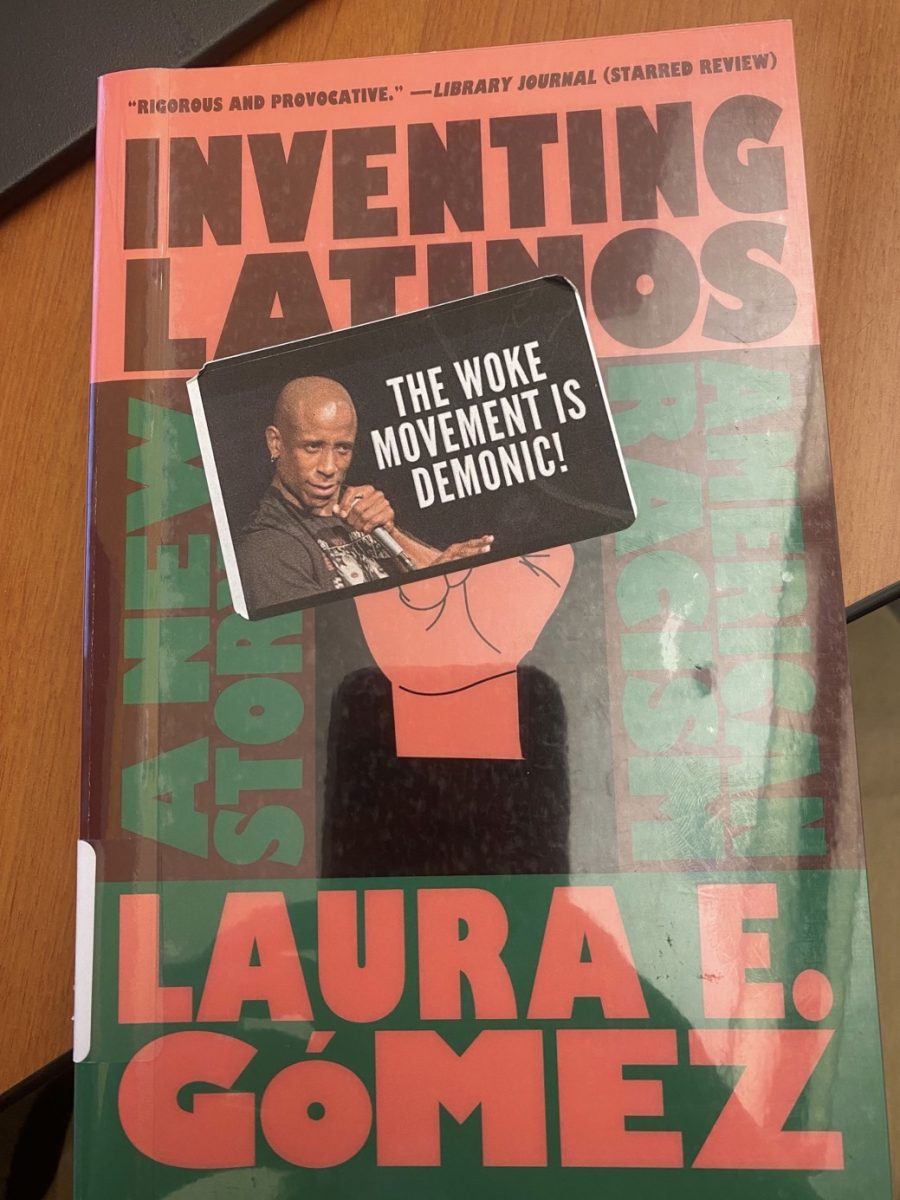Traditionally, college students do not have particularly deep pockets. There are fees and fines that must be offered up to the academic gods each semester – be it for the privilege to hunt for a parking space, to be allowed to pay to sign up for a class, or simply a few dollars here and there for miscellaneous funds and services most of us neither hear of nor care about.
And that’s far from over. Every semester a student must make the dreaded spiritual journey to their local bookstore, where they must endure high security, long lines, and the rush to grab the last used math book on the shelf.
In this manner – procuring the appropriate reference material – they may prove themselves worthy of learning all that a professor may have to teach them.
And many times, the loyal disciples of academia find that, lo and behold, the textbooks that are required of them for the course are more expensive than the course itself.
And these students say to themselves, “Wait. $160 of my hard-earned money for a simple book? How can this be, for it is mere paper and ink bound into hardcover.”
Uneducated as they may yet be, they are correct, for mere ink and paper bound into hardcover should not be worth $160 to any man, no matter how desperately he may wish to find the area of a circle.
To understand why the holy texts of academia cost so much in the way of material possessions, you have to look at the used book market.
When the bookstore orders a book from a company, that company turns a profit. Now, the profit of the sales versus the cost of making the book is a corporate secret, but it stands to reason that they are making money. The author also gets some amount of royalties, presumably.
But herein lies the problem. The book can only be bought from the company once. After that, it is property of the bookstore, and from there it becomes the property of the student.
Decades ago, before the dot com explosion, this system worked. Students bought books from the bookstore, used them for the course, and then did the unthinkable – they kept them, often compiling them into personal libraries until they needed to reference them.
This generation doesn’t do that. They assume that any information they need can be found through the internet, and see the books as a one-time, usually unnecessary expense for something they will have no use for five months from now.
This gave bookstores an idea. What if, they said, we buy books back from the students for a percentage of what it’s worth, then sell them back as used? And so they did this, and the bookstores started to turn much more of a profit on used book sales.
Unfortunately, this means they’re not buying as many books from companies anymore. And this means the companies aren’t turning as much of a profit.
The companies, generally speaking, don’t care about student’s pockets. To them, books are another product they need to make money from selling, the same as cars or doorknobs. And so thanks to the simple rules of economic supply and demand, they raise the cost to adjust for the loss in sales.
This means students buy more used books to avoid the high costs. And the companies raise their prices even more to compensate. And the bookstores raise their prices to compensate for the companies’ higher prices. And so on, and so forth, and that, over time, becomes inflation.
So think about this – next time you finish up with a course, keep the book. Put it on a shelf somewhere, and ensure you have the knowledge you paid dearly for forever instead of perpetuating the system of bookstore inflation.









